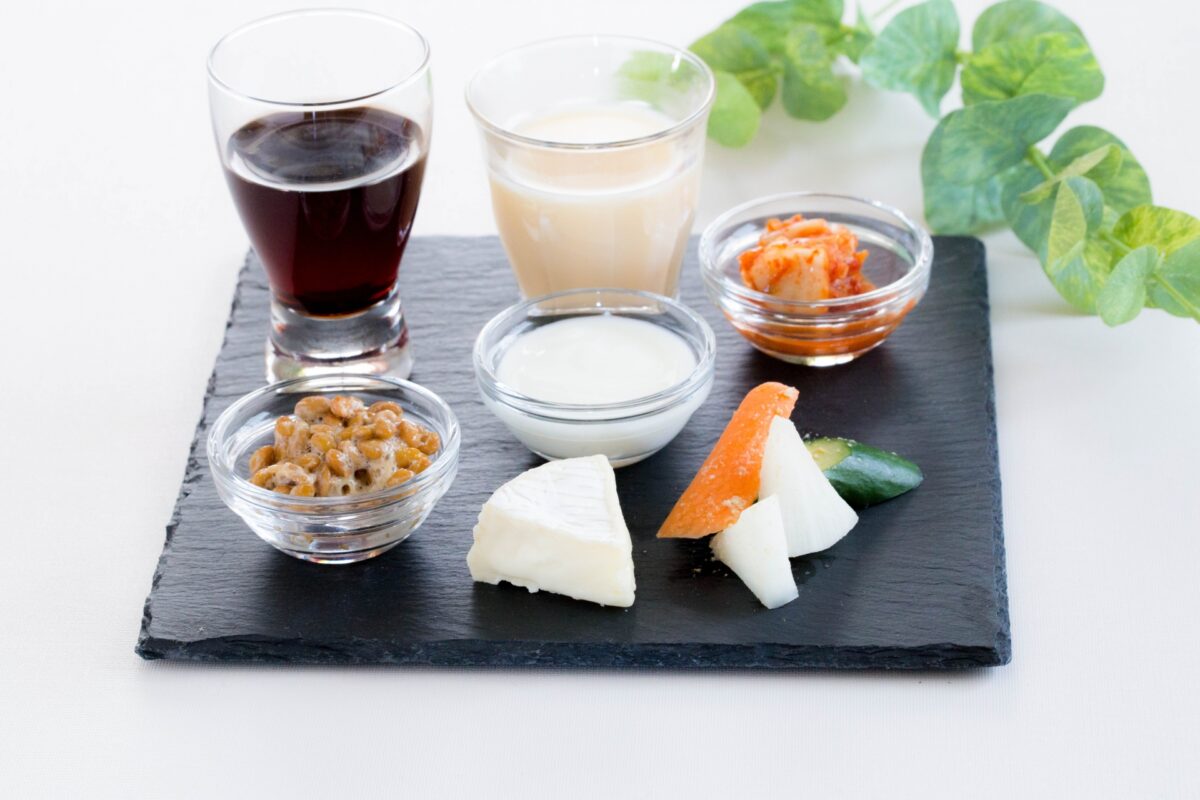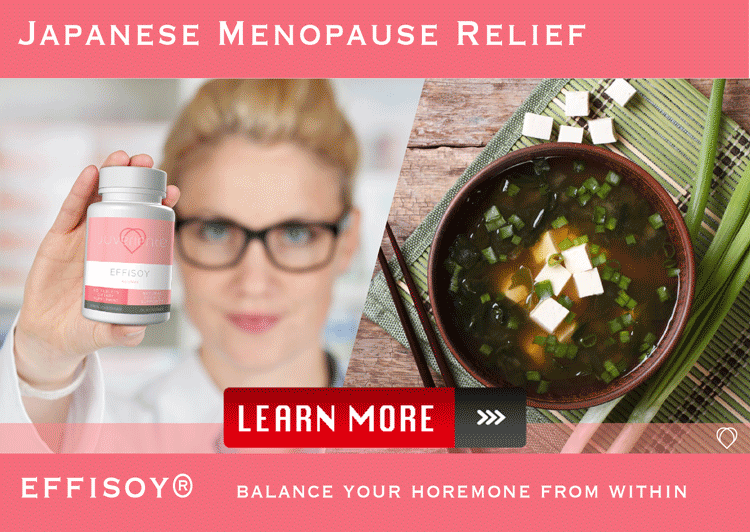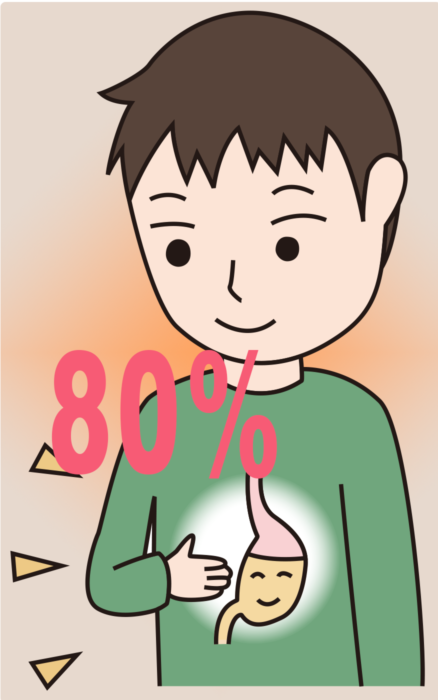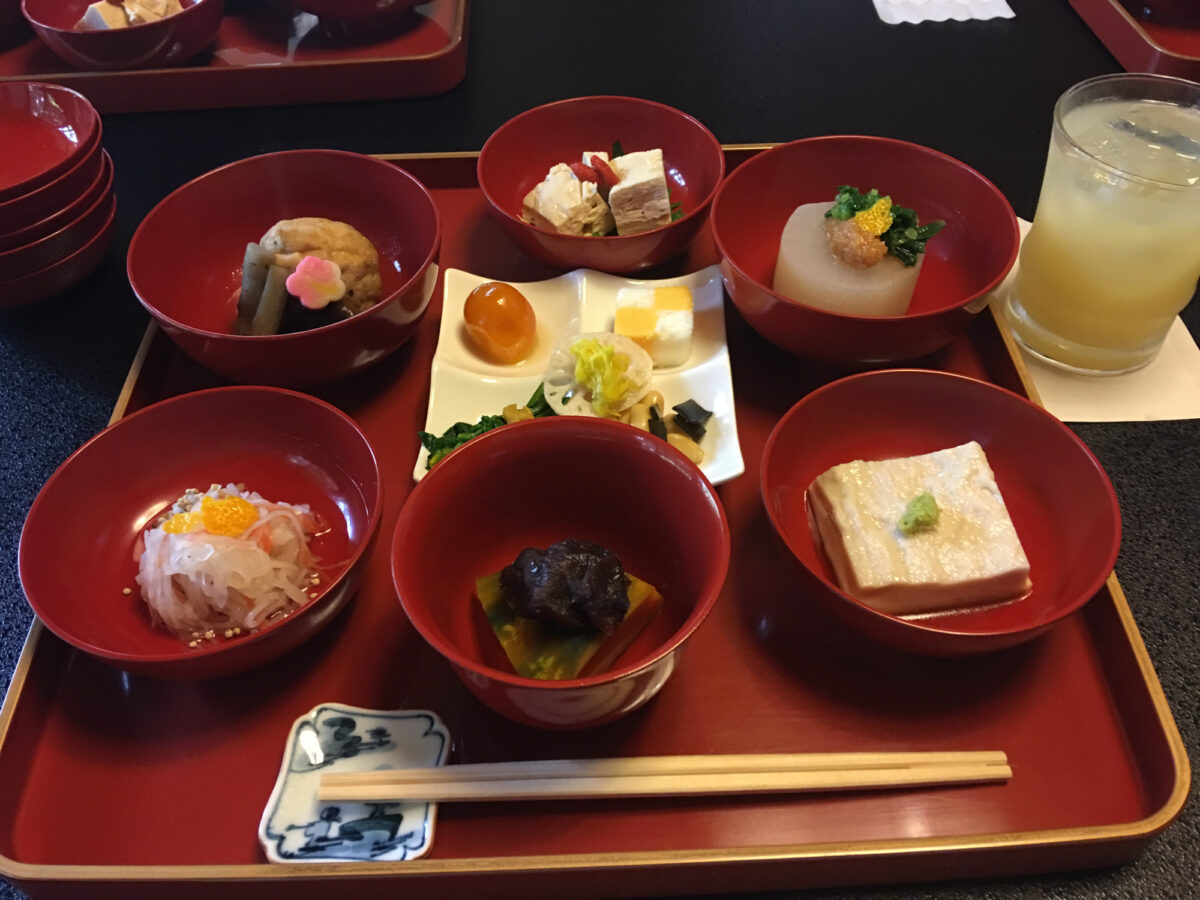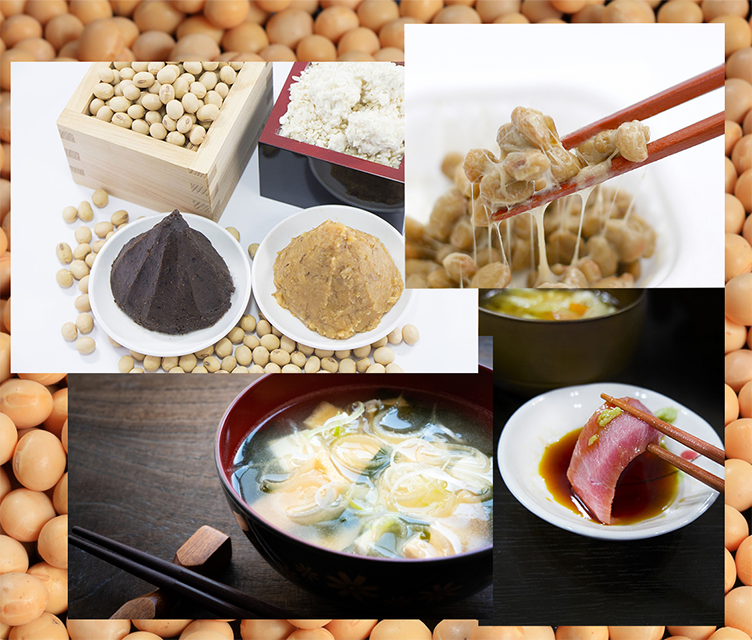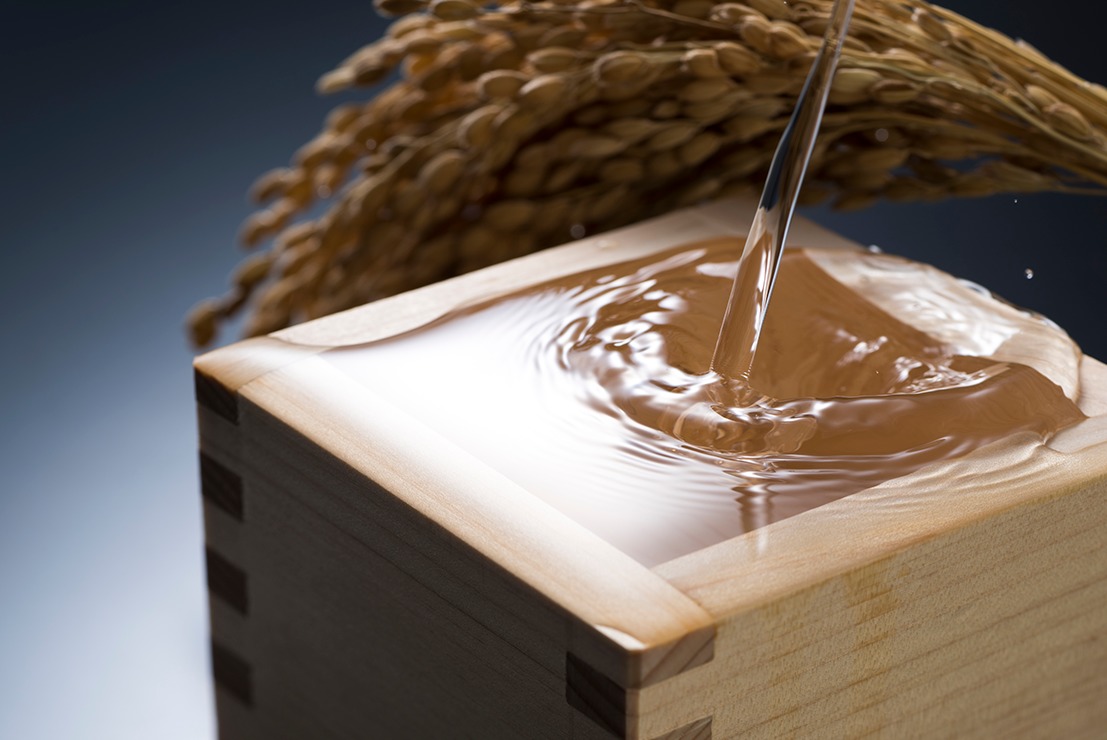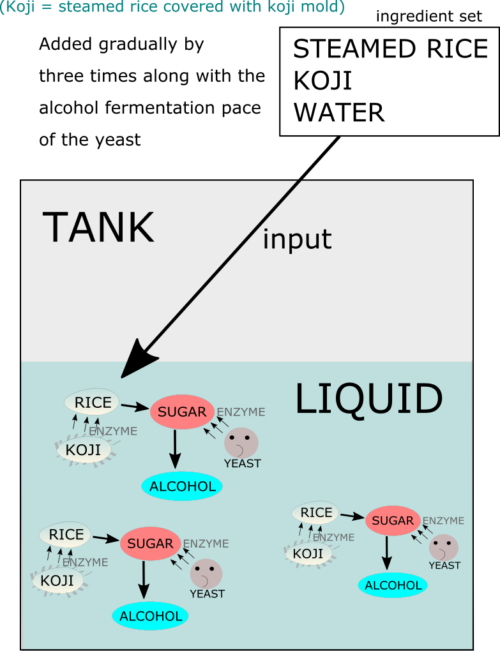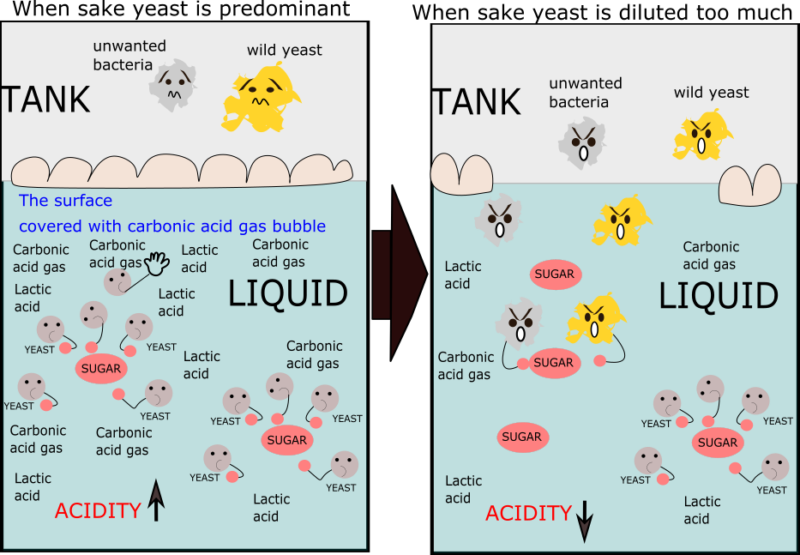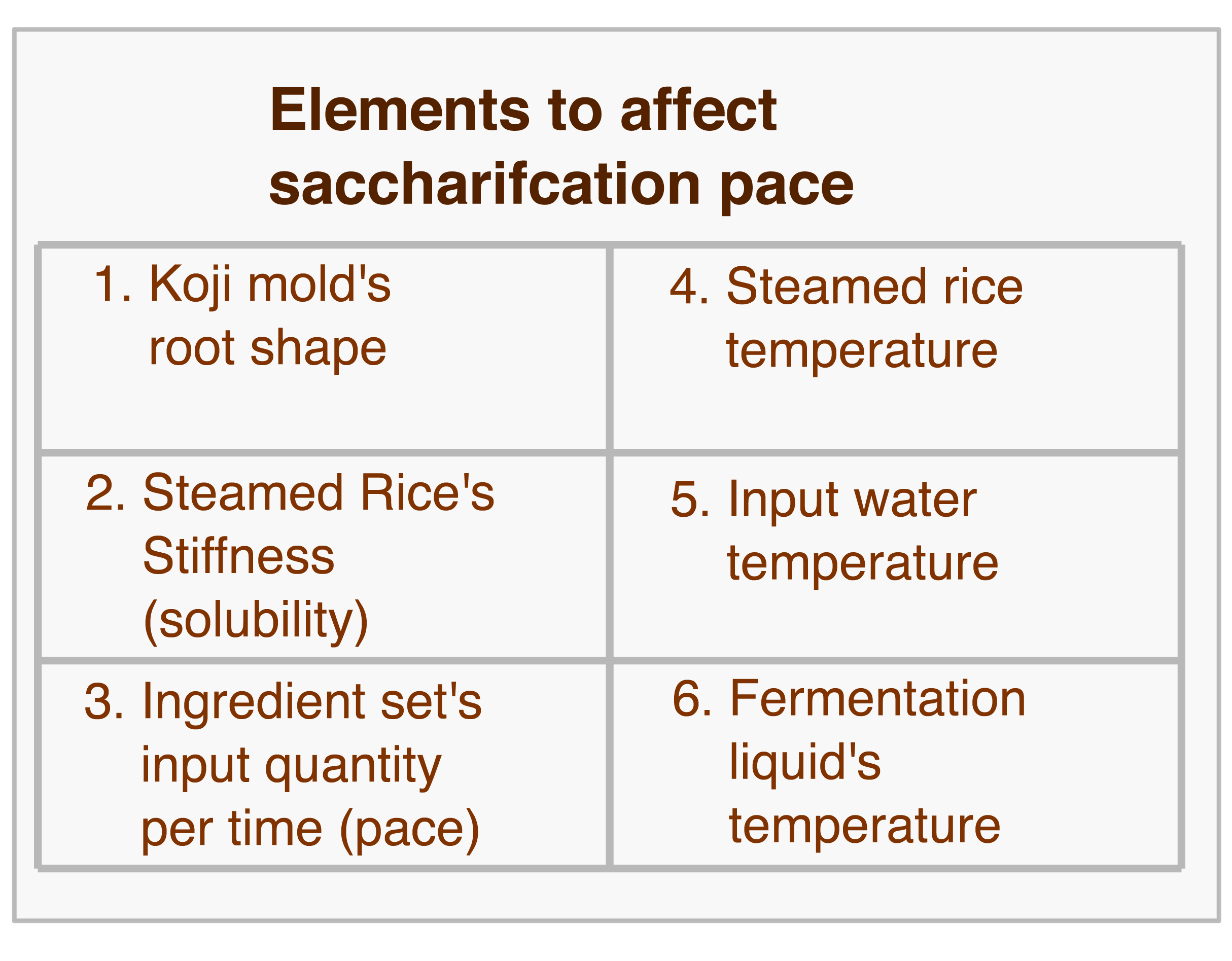Benefits of “Hara-Hachibunme” (restricted eating)
As I explained in “Restricted eating lengthens your life?”, restricted eating only up to 80% or so helps your health in addition to weight management.
While it prevents obesity and disease by suppressing dietary calorie intake, it is also helpful as an anti-aging.
There is something called the “sirtuin gene” in our body.
Another name for the sirtuin gene is the “longevity gene” because it works to suppress cell aging, and a certain amount of calorie restriction activates it. In other words, you can expect the effect of preserving youthfulness by eating the eighth half of your stomach.
Tips for stopping your eating at “Hara-Hachibunme” (80% full)
If you are overeating and always fall feeling full, try incorporating the following into your diet.
Increase chewing frequency
It is very effective to chew food well and eat it to suppress it at 80% of the stomach.
A longer time to savor and eat will stimulate the satiety center and prevent overeating.
Also, by chewing well, a large amount of the digestive enzyme called amylase is secreted, which improves digestion and reduces the burden on the stomach and intestines.
Put down your knife, fork, and spoon after each bite.
To increase the number of chewing times, try to put your tableware down after each bite.
Fast eaters keep their tableware on from the beginning to the end of their meal.
Carrying food to your mouth one after another leads to overeating.
Once you are used to putting your tableware down after each bite, you will naturally become conscious of chewing well, and your eating pace will slow down.
As a result, the signal of the satiety center will be transmitted well, and it will be suppressed with only 80% of your stomach.
Cut the material hard and large.
Cutting food materials such as vegetables hard and large creates a chewy texture in your cooking. You can naturally increase the number of chews and prevent overeating.
We also recommend adding chewy nuts, beans, sesame seeds, etc., to accent your dishes.
Anyway, chewing well and eating are effective in keeping your stomach full.
Increase vegetables, seaweed, and mushrooms
Vegetables, seaweed, and mushrooms contain a lot of dietary fiber, so it’s hard to swallow them if you don’t chew them well.
Taking advantage of this feature, you can naturally increase the number of chews by increasing the amount of these in your meal.
Most of them are healthy, so let’s use them in your meals and connect them to your beauty and health.
Drink Soup, water or tea
Liquid will pass your stomach shortly, but your restricted eating. It will swell your stomach temporarily and mitigate your hunger until your satiety center begins to woks.
Serving for one person will also restrict your eating
First, it is effective to prevent overeating by arranging an amount of food that does not cause overeating and deciding “I will not eat anymore”.
Dishes on a platter tend to overeat while picking up this and that.
There are also people who force themselves to eat, saying things like, “It would be a waste if I leave it behind,” or “It’s rude to the person who made it.”
If you decide “only this” from the beginning, such as serving this on a single plate or dividing it into portions for one person instead of serving it on a large plate, you should not end up eating too much.
It is especially effective for those whose satiety center signals are dull.
Let’s prevent overeating by serving the amount that will make you 80% full from the plating.
Let’s finish the meal at the timing of “Hara-Hachibunme” (80% full).
The best time to finish your meal is when you feel like you can eat a little more.
In order to go on a diet without overdoing it, and to maintain beauty and health, let’s make it your everyday habit.



